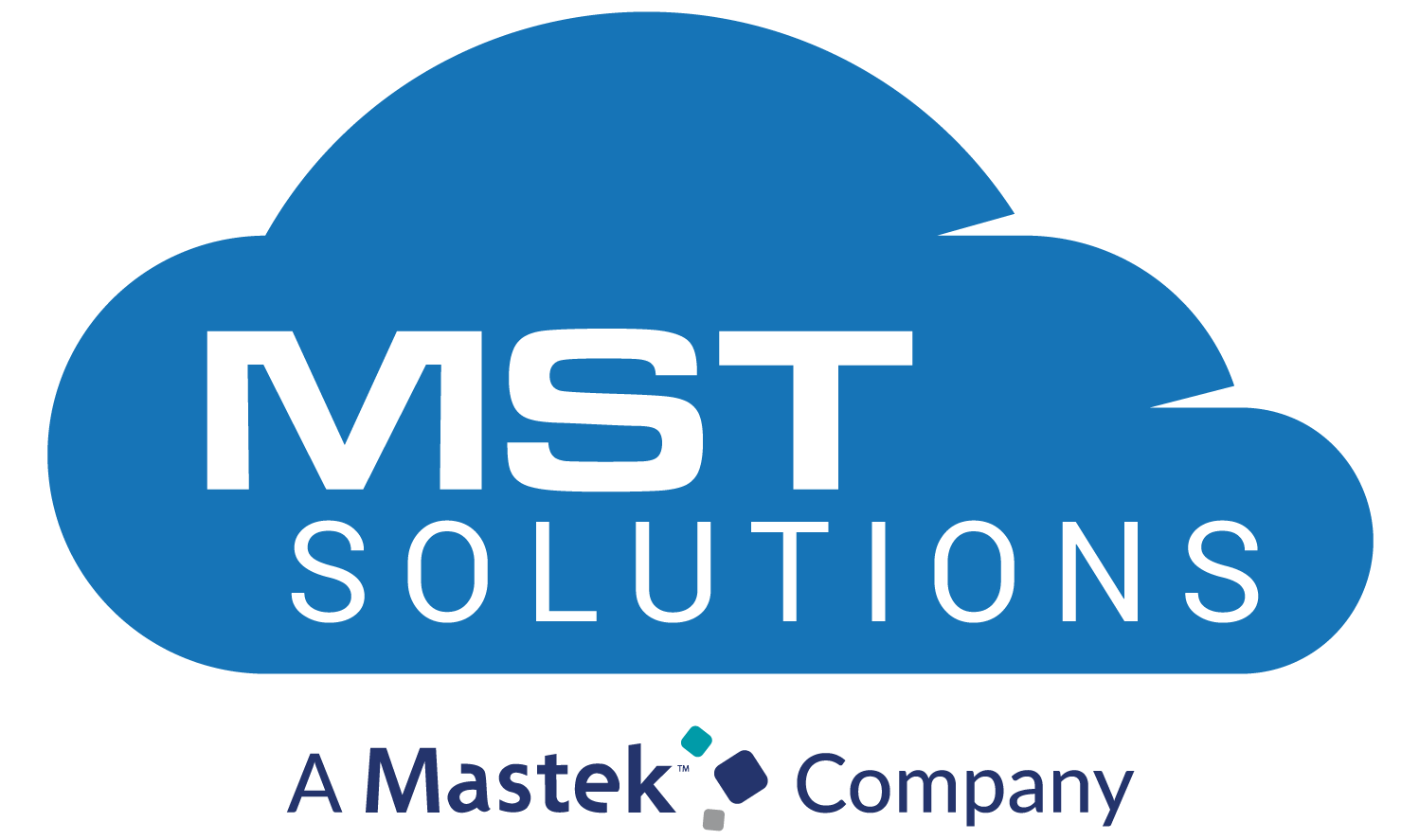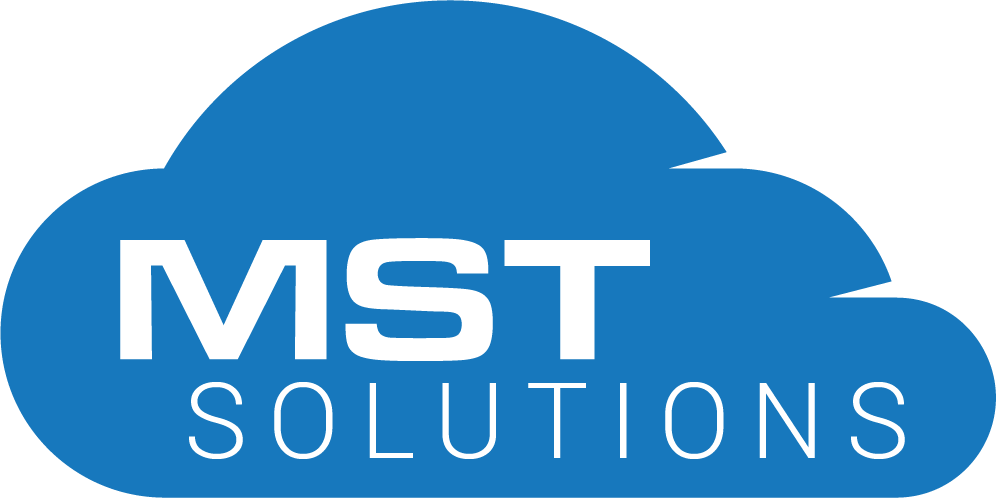Introduction
Omni-Channel is a Customer Service and Console based Salesforce feature that helps automatic routing of different kinds of work items (such as Leads and Cases) to agents. Omni Channel routes all the work items to the agents automatically based on the agent’s capacity, priority, skillset, and etc. Here, no custom development is required, but everything is handled through configuration. The end result is now agents can assist their customers more efficiently, leading to improved operational efficiency. Now, let us see the steps for setting up the Omni-Channel feature in a Salesforce organization.
Steps to set up the Omni-channel to console:
Step 1: We have to enable the Omni-Channel features by navigating to Build section.
Customize > Omni-Channel > Settings.
Step 2: Create a Service Channel by navigating to Customize > Omni Channel > Service Channels > New
Step 3: Enter a Service Channel name, API and Salesforce objects associated with Service Channel. Click the Save button.
Note: Omni-Channel currently supports routing for the following objects and records.
- Cases
- Chats
- SOS video calls
- Knowledge articles
- Social posts
- Orders
- Leads
- Custom objects
Step 4: Create a Routing Configuration by navigating to Customize > Omni Channel > Routing Configurations > New
Step 5: Enter the Routing Configuration name, Developer name, Priority order, Routing model, and Units of Capacity or Percentage of Capacity (Specify value for any one field, but not for both), then Click the Save button.
Step 6: As you can see the Related Queues section are empty, we have to associate this configuration to a Queue.
Step 7: Navigate to Manage Users > Queues> New
Step 8: Assign a User, and Object for the Queue. Then, select the Routing Configuration you want to associate with this queue.
Step 9: Create a Presence Status by navigating to Omni channel > Presence Statuses > New
Step 10: Enter the Status name, API name, Status Options, and select a Service Channel.
Step 11: If you need to create a Presence Configuration with different profiles and users, you have to create a new configuration by navigating to Customize > Omni-Channel > Presence Configurations > New
Step 12: By Default, Salesforce created a Default Presence Configuration which you can implement easily for the default profile. Click the edit option in Default Presence Configuration.
Step 13: Enter a Presence Configuration Name and capacity of the agents. Select whether the given requests are automatically accepted. If you choose this option, you can’t select Allow Agents to Decline Requests. If you select the Allow Agents to Decline Requests option, you can’t chooseAutomatically Accept Requests option.
Step 14: Grant users access to Presence Statuses permission in Profiles by navigating From Setup > Manage Users > Profiles.
Step 15: Click the Profile you want to give access to presence statuses.
Note: Don’t click the Edit button on profile name; otherwise, you won’t see the option.
Step 16: Click edit on Enabled Service Presence Status Access.
Step 17: Select the Presence Status you want to include it in the Profile, and Click Save.
Step 18: Add the Omni-Channel Component to Console by navigating to Build Section.
Create –> Apps (Console App) and Click Edit
Step 19: From the Choose Console Component section, add Omni-Channel to Selected Items, and Click Save.
Step 20: Open the Console App by navigating to top right corner–next to Help & Training.
Step 21: On the Console page, you can see the Omni channel box in bottom right corner. Open it and click the status you created in Presence Status.
Step 22: Whenever a Case is assigned to the Queue, it is automatically routed to an agent by Omni – Channel. The request appears on Omnibox.
Case has been assigned to the Queue:
Automatically routed to the users in the queue.
Step 23: After accepting the routed work Item, click the Refresh icon in the list view of Console.
Step 24: Here, you can see that the Case owner is assigned to the user who accepted the work Item.
Conclusion:
Omni channel helps agents receive work items efficiently and quickly, based on agents capacity. The Omni-Channel can be set up without any custom coding, but by just making configuration (declarative) changes in Salesforce.



